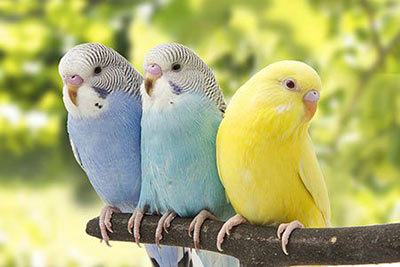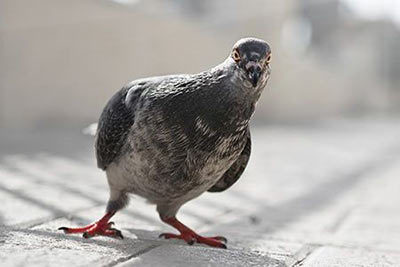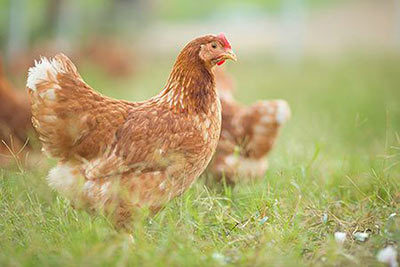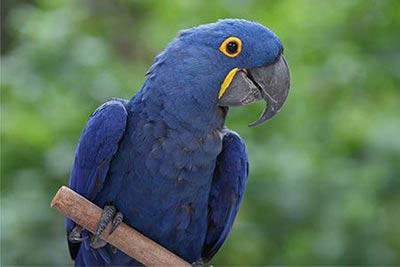Blue-Winged Kookaburra
Blue-Winged Kookaburra Facts
| Size | 15 to 16.5 in (38-42 cm) |
| Speed | Unknown |
| Weight | 9 to 11 oz (260-310 g) |
| Lifespan | Unknown |
| Food | Snakes, fish, insects, frogs |
| Predators | Owls, goshawks |
| Habitat | New Guinea, Australia |
| Order | Coraciiformes |
| Suborder | Kingfishers |
| Family | Alcedinidae |
| Scientific name | Dacelo leachii |
| Characteristics | Looks almost identical to the laughing kookaburra |
Main Characteristics
The blue-winged kookaburra belongs to the kingfisher family. It has a short and heavy beak and lives in the mangrove forests of Australia and New Guinea.
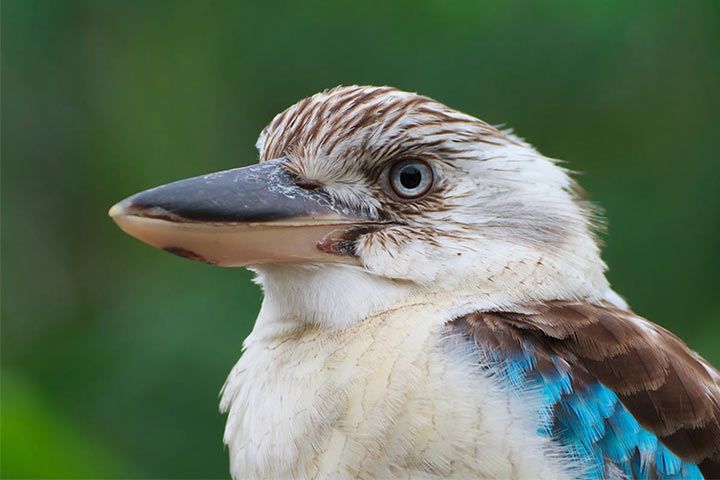
Behavior
Hunting Snakes
The blue-winged kookaburra is known for hunting snakes. It grabs them just behind the head and whacks them against a branch or rock. Eating the snake is a little trickier than catching it. It can’t cut it up with its beak. So after it’s swallowed the head, the rest of the body is still outside. The bird can only swallow it piece by piece, which looks pretty weird.
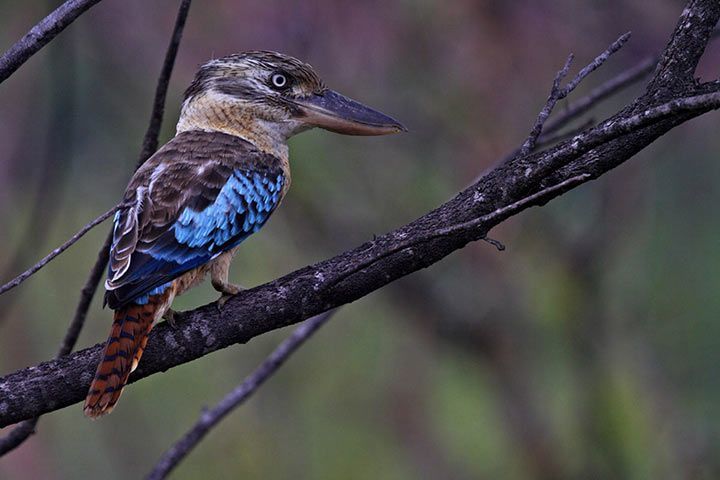
The Difference Between Laughing and Blue-Winged Kookaburra
Both birds look very similar. The difference is that the blue-winged kookaburra has a lot more blue feathers, light eyes and small black stripes on its eyes.
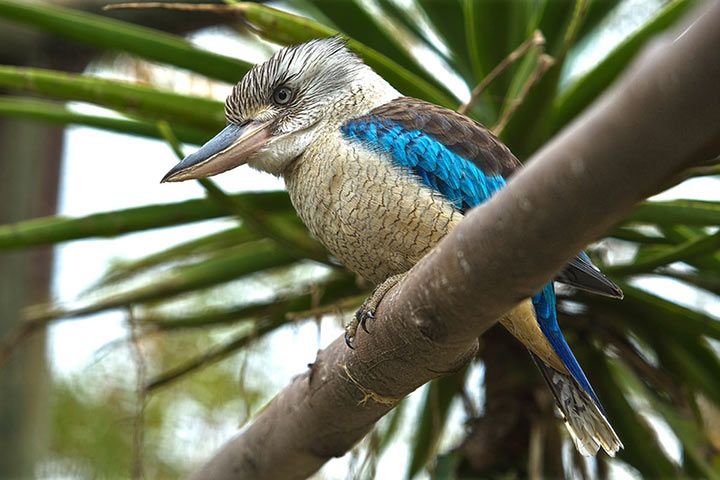
Reproduction
They Are Creative Nest Builders
The blue-winged kookaburra mostly nests in hollow trunks up to 82 feet (25 meters). If it can’t find a suitable one, it might even nest in a termite hill. If this isn’t an option either, it will make a hole in the soft wood of the baobab tree. Usually, a female lays three eggs. The little chicks hatch after around 26 days and then stay in the nest for another five weeks.
They Stick Together to Raise Their Young
Relatives and even young birds help to raise the chicks.















